Jenny was different. Born with a rare disease, she was larger in size than other kids at school and a little bit slower. She also has a mild facial abnormality which I will not mention here as I don’t want her to be identified, which is why I have also changed her name. Jenny has suffered enough.
Jenny was 14, that precarious period between child and adult when self-consciousness and insecurity are rampant, when a guy at school contacted her on social media and told her he liked her. She was surprised yet delighted. This boy was popular at school and had all but ignored her in the past.
Now, anyone reading this may guess what was behind this gesture but, sadly, Jenny didn’t. The messages kept coming. The boy said she was pretty. He asked her if she would be his girlfriend. She said yes. Then things started to get sexual and she naively complied, making out she was experienced in such matters when she wasn’t – at all. She even texted him a picture of herself fondling her breasts upon request.
Jenny’s parents were called to the school days later. Their daughter was in a toilet stall and wouldn’t come out. She was hysterical and they needed to collect her pronto. It was only after Jenny was taken to her doctor and sedated that her parents thought to look at her phone. And there they were, dozens of repulsive social media comments in response to her reposted messages to her supposed admirer, calling her an “ugly freak”, “a spastic” and a “slut” from other kids at her school.
“We traced the kids and went to see their parents,” Jenny’s dad recalls. “While they were shocked, the general consensus seemed to be that Jenny should have known better and they can’t control what their children post on social media. Then the old “they are just kids being kids” justification was trotted out.
“The school was the same. There was nothing they could do, they claimed. The bullying happened out of school hours. We were advised Jenny should just try to put the incident behind her.” Jenny didn’t. According to her father, “our daughter’s beautiful light has dimmed”.
This head in the sand attitude of schools and parents – surprise, surprise – isn’t working. Relationships Australia cites 25 per cent of school students in Australia experience bullying at some stage during their schooling, or around 45 million bullying incidents instigated by around 543,000 perpetrators.
And it’s not just the victims who are suffering. Bullies, for example, are at higher risk of substance abuse, depression, anxiety and hostility than non-bullies. Meanwhile, bullying targets suffer increased risk of suicide, depression, poor school performance and physical health, and low self-esteem that can last for years – if not lifetimes.
– Wendy Squires
Read More: Bullying: ‘Our Daughter’s Beautiful Light has Dimmed’
Image by Morgan Basham from Unsplash


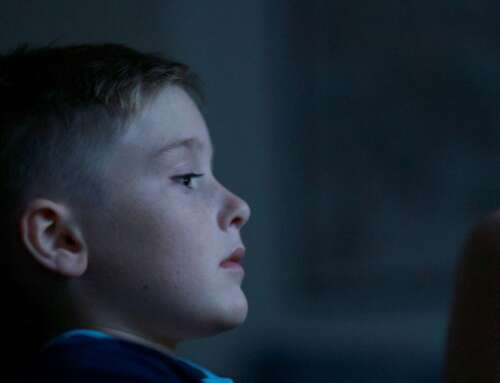
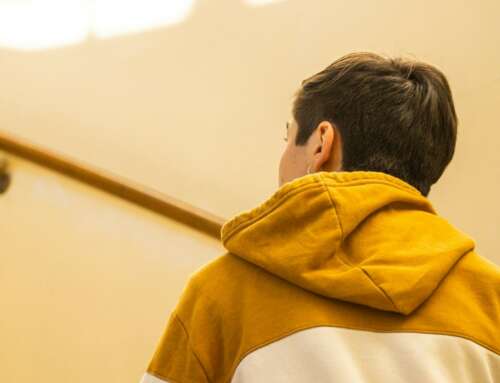
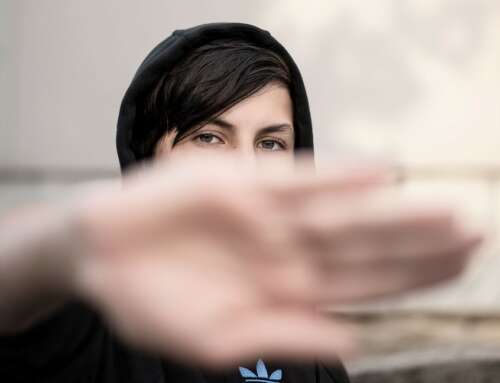
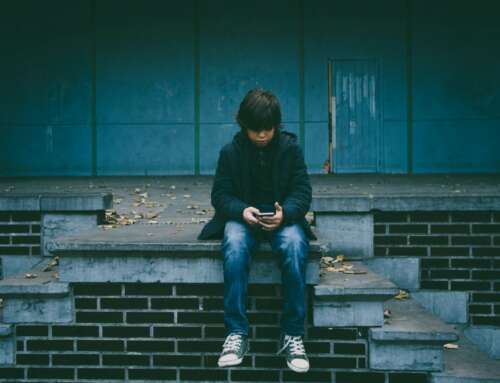
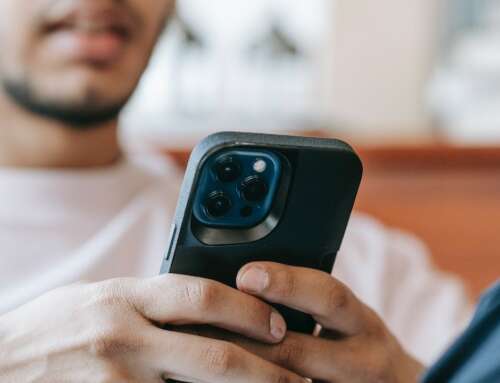
Leave A Comment